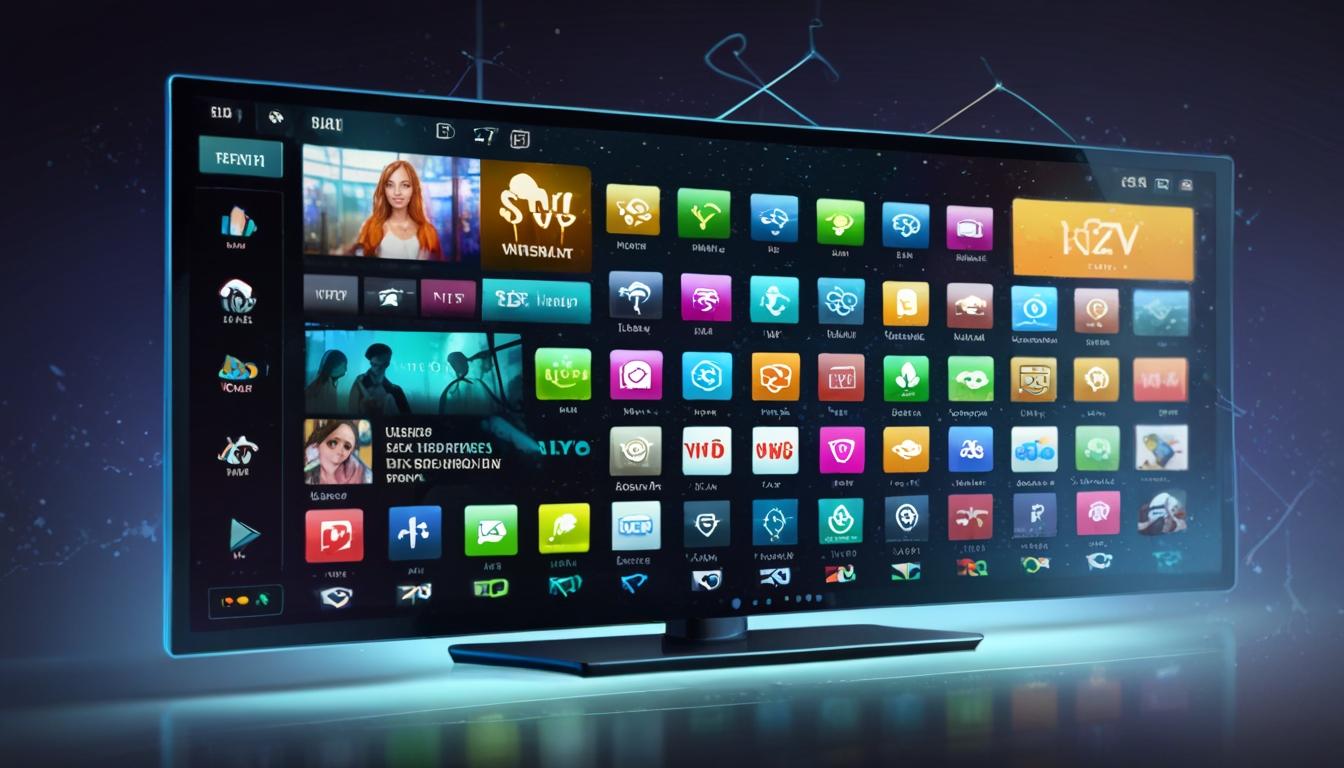Internet Protocol Television (IPTV) is increasingly reshaping the landscape of media consumption by providing a versatile and personalised alternative to traditional television. This method of delivering television content through internet protocol networks allows users to watch live broadcasts, access on-demand videos, and engage with time-shifted programming via a variety of internet-connected devices such as smart TVs, smartphones, tablets, and streaming boxes.
The traditional model of TV broadcasting relies heavily on satellite signals or terrestrial antennas. In contrast, IPTV delivers content digitally over broadband connections, supporting both multicasting (broadcasting to multiple users simultaneously) and unicasting (individualised streaming). This technology offers notable flexibility, granting viewers control over what they watch and when they watch it, which marks a significant departure from the fixed schedules and specific hardware requirements of conventional cable or satellite television.
Among the key advantages of IPTV is its on-demand functionality, enabling users to play, pause, rewind, and fast-forward content at their convenience, facilitating flexible viewing in line with busy lifestyles. Furthermore, IPTV services often provide access to thousands of live channels and extensive libraries across various genres, languages, and regions. Many providers present competitive subscription packages that combine premium channels, on-demand content, and multi-device support, often at lower costs compared to traditional providers. The cross-device compatibility of IPTV stands out as well, allowing seamless streaming on an array of devices without additional hardware, thus accommodating diverse viewing preferences.
Despite these benefits, IPTV faces challenges including a reliance on network stability and internet speed, which can affect streaming quality through buffering or latency issues. The ongoing global rollout of 5G technology is expected to alleviate many of these concerns by delivering faster and more reliable internet access, with forecasts suggesting over a billion 5G subscriptions by 2025. Another significant issue is the proliferation of illegal IPTV services, which raise concerns over content piracy. This situation necessitates the implementation of robust security measures such as encryption and digital rights management, alongside navigating a complex regulatory environment that varies by jurisdiction.
Looking forward, IPTV’s progression is strongly linked to technological advancements and evolving consumer expectations. Artificial intelligence is playing a growing role, enhancing platforms with personalised content recommendations based on viewing behaviours, thereby improving user engagement. The emergence of 5G will enable support for 4K and 8K streaming, interactive broadcasts, and the integration of augmented reality experiences into conventional programming. Additionally, the expansion of Over-the-Top (OTT) platforms like Netflix and Hulu alongside IPTV services is broadening content accessibility and fostering competition. Future IPTV platforms may also incorporate interactive features such as live polls, real-time chats during broadcasts, and choose-your-own-adventure formats, further enriching the user experience.
In summary, IPTV has transitioned from a niche technology to a mainstream entertainment medium offering unprecedented flexibility, an extensive range of content, and tailored viewing experiences. While technical and regulatory challenges persist, innovations in AI, 5G, and OTT integration promise continued growth and enhanced service delivery. As the IPTV market evolves, understanding its capabilities and trends will be crucial for consumers seeking high-quality and seamless streaming options suited to individual preferences. The feast-magazine.co.uk is reporting on this comprehensive picture of IPTV’s present state and future outlook in the digital entertainment arena.
Source: Noah Wire Services
